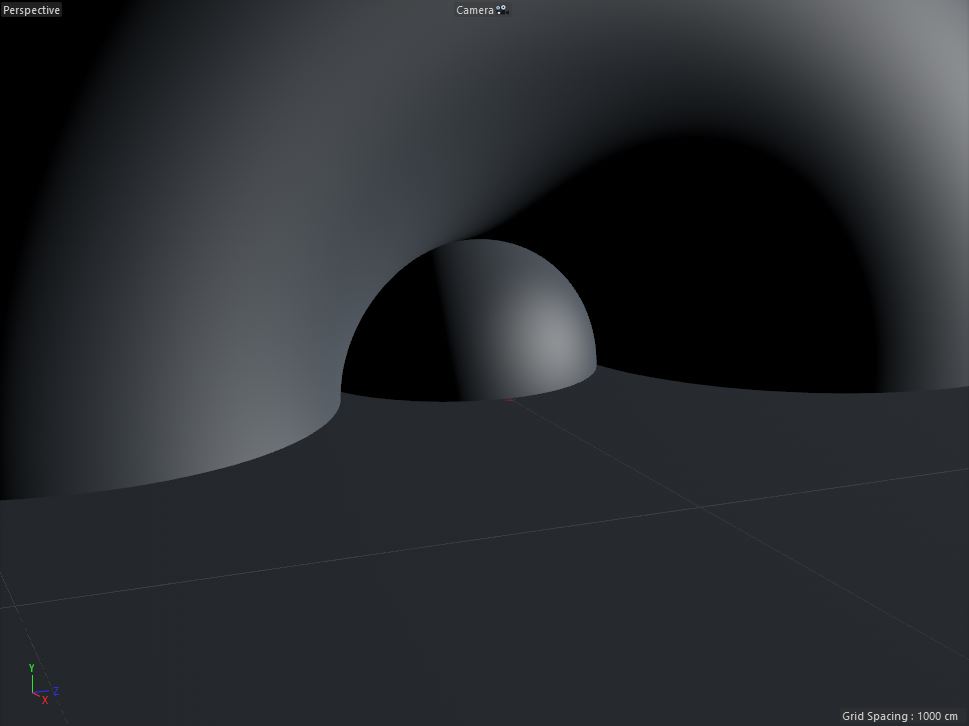Mars was one of the more challenging shots to complete given my time restraints. This shot is particularly unique as it is on the surface of a planet, rather than looking at an object from a distance, whether that be the Pioneer probes which the film revolves around or a planet. Not only was I pressed for time when it came to creating the visual effects, but I was pressed for time when it came to rendering too. This was one of the main issues with this shot, given most of the screen is filled with things that need to be rendered unlike many of the other shots which have matte backgrounds. Through separating everything into separate render passes and rendering those passes individually, as well as lots of tweaking of GI settings, I managed to get my render times a lot more workable (from 50 minutes a frame to around 7-12).
Enough about the rendering though, let's take a look at how I achieved some of the effects. The easiest part to do was the foreground rocks. For these, I used Quixel's Megascans, as it was a fast, relatively inexpensive to create a foreground effect without having to create complex models and find textures myself.
The mid-ground wasn't as straight forward though. After initial research, I downloaded some high resolution images from the HiRise sensor on NASA's Mars Reconnaissance Orbiter. The high resolution images are unfortunately in black and white, so using Photoshop, I recoloured them using other photos from the HiRise orbiter that were in colour as reference when painting in details. The black and white image was then brought into B2M to extract height information for use as a displacement map.
The maps were then loaded into a Cinema 4D material and by tweaking displacement settings I was able to achieve the desired effect.
The animated version will be available for viewing once the film is released, for now, here is a screenshot of the composited shot!

